Why LED Lights Keep Turning Off: Common Causes and Solutions
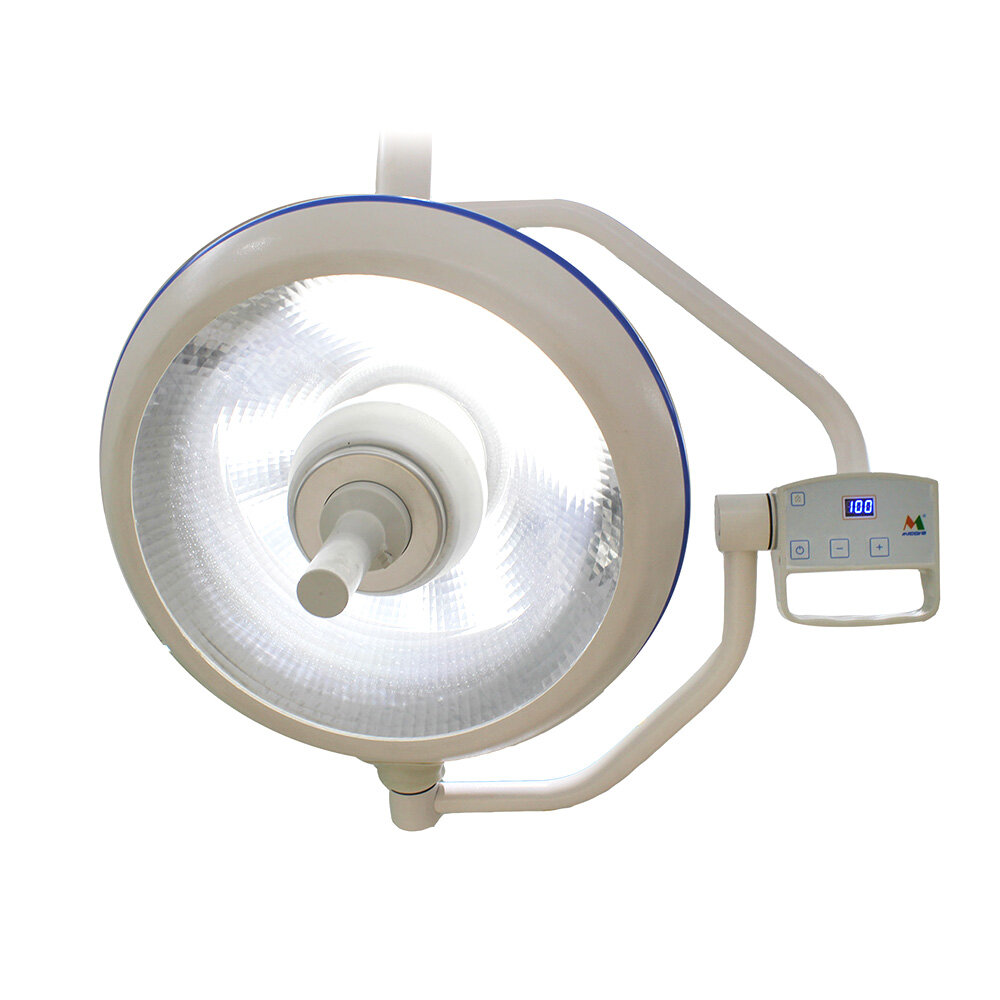
LED lights have become increasingly popular in homes and businesses due to their energy efficiency, longevity, and versatility. However, one common issue that many LED light users face is the lights frequently turning off unexpectedly. This can be frustrating and disruptive, especially if the lights are used for essential tasks or security purposes. Understanding the causes and solutions for LED lights turning off can help users troubleshoot and resolve the issue quickly. There are various reasons why LED lights may turn off, ranging from simple issues like loose connections to more complex problems like voltage fluctuations. Some of the most common causes include faulty wiring, overheating, power surges, and incompatible dimmer switches. Identifying the root cause of the problem is crucial to finding the right solution, as different issues require different approaches. In this article, we will explore the most common causes of LED lights turning off and provide practical solutions to help you keep your lights on and working as intended.
LED lights, or light-emitting diodes, are a type of energy-efficient lighting technology that has gained popularity in recent years. These lights are designed to emit light when a current is passed through a semiconductor material, rather than heating up a filament like traditional incandescent bulbs. LED lights offer numerous benefits, such as a longer lifespan, reduced energy consumption, and the ability to produce a range of colors and brightness levels. They also emit less heat, making them a safer option for use in homes and businesses. However, like all electronic devices, LED lights can experience problems such as turning off unexpectedly. Understanding the common causes of this issue and implementing the proper solutions can help ensure that your LED lights stay on and continue to provide efficient lighting for years to come.
One of the most common issues that people face with LED lights is that they turn off unexpectedly. This can be frustrating, especially if you have invested a lot of money in lighting your home or office. There are several reasons why LED lights may turn off, including faulty wiring, overheating, or a problem with the power source. Other factors such as poor installation or incompatible dimmer switches can also cause LED lights to turn off unexpectedly. To solve this problem, it is important to identify the root cause of the issue and take appropriate action, such as replacing faulty wiring or installing a compatible dimmer switch. With the right approach, you can enjoy reliable and long-lasting LED lighting without any interruptions.
Loose Connections
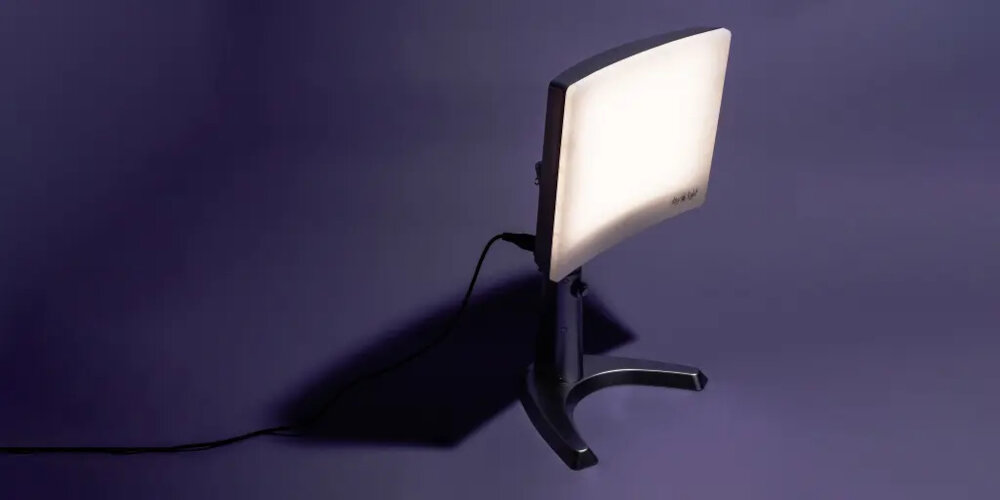
Loose connections are a common cause of LED lights turning off unexpectedly. When the electrical connections between the LED light and its power source are not securely fastened, the circuit is disrupted and the light may flicker or turn off completely. Loose connections can occur at any point along the electrical pathway, including the wires, connectors, and even the light bulb itself. In some cases, a loose connection may be caused by a damaged wire or a faulty connector. Other times, it may be due to improper installation or wear and tear over time. Regardless of the cause, a loose connection can be a frustrating and potentially dangerous problem that should be addressed as soon as possible. Thankfully, loose connections can typically be fixed with relative ease. Depending on the location of the loose connection, it may be as simple as tightening a screw or replacing a damaged wire. In other cases, it may be necessary to replace a faulty connector or even the entire LED light fixture. For those who are not familiar with electrical repair work, it is important to seek the help of a professional to avoid the risk of electrical shock or fire. By addressing loose connections promptly and effectively, LED light users can enjoy the many benefits of energy-efficient lighting without the frustration of frequent flickering or unexpected shut-offs.
Loose connections are one of the most common causes of LED lights turning off. When the wires connecting the LED light to the power source are not properly secured, they may become loose over time due to vibrations or movement. As a result, the power flow to the LED light may be interrupted or weakened, causing it to turn off or flicker. In addition, loose connections may cause an increase in resistance, which can generate heat and damage the LED light. Therefore, it is important to ensure that all connections are properly secured and tightened to prevent any issues with LED light performance.
If you are wondering why your LED lights keep turning off, it could be due to loose connections. Checking for loose connections is relatively easy, and it is the first step towards resolving the problem. Begin by switching off the power source and carefully inspecting the wiring from end to end, starting with the power supply. Check all connections for any signs of looseness or damage. You can tighten any loose connections with a screwdriver or pliers, but ensure not to overtighten them. A loose connection can cause power interruptions, which can lead to flickering or completely turning off your LED lights, so make sure to check them regularly.
Loose connections are a common cause of LED lights turning off unexpectedly. There are several solutions to fix this issue. Firstly, ensure that the connections are properly secured and tightened. If the connections are still loose, try switching to a different connector or using a wire nut to ensure a tighter connection. Additionally, check the wiring for any damage or fraying, as this can also cause loose connections. If necessary, replace the wiring or seek professional assistance. Regularly inspecting and maintaining the connections can prevent future issues and ensure that your LED lights stay functional and reliable.
Overheating
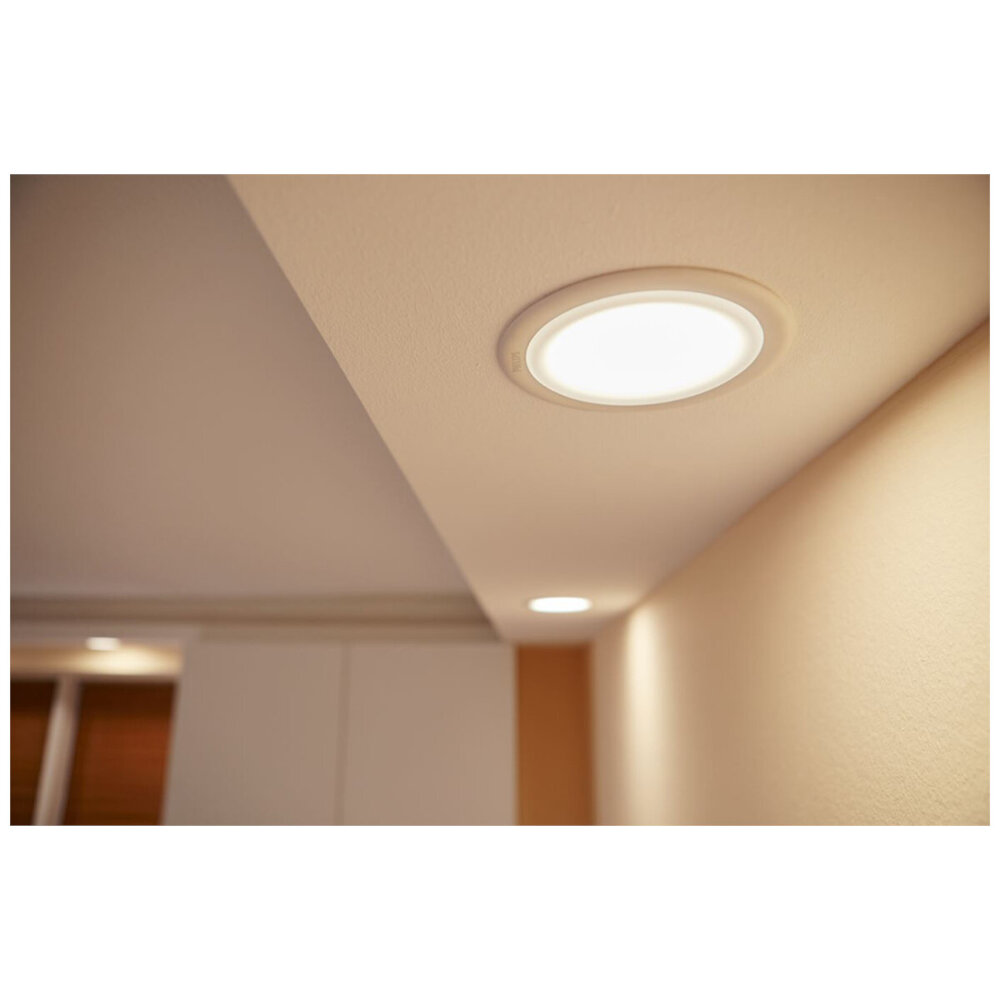
Overheating is one of the most common causes of LED lights turning off unexpectedly. LED lights generate heat during operation, and if not appropriately dissipated, the heat can damage the components of the light, causing it to shut down. The temperature at which LEDs operate can vary depending on the manufacturer’s specifications, but most operate between 25°C and 60°C. If the temperature exceeds the maximum operating temperature, the light can quickly shut down, and its lifespan may be reduced. Overheating can occur due to various reasons, such as poor ventilation, high ambient temperature, and overdriving the LEDs. Poor ventilation is one of the primary reasons for overheating. When LED lights are installed in an enclosed space without proper ventilation, heat accumulates, causing the temperature to rise. This can cause the LED lights to overheat and shut down. Similarly, high ambient temperatures can also cause LED lights to overheat. In warm climates, it is essential to ensure that the LED lights are installed in a well-ventilated area with adequate airflow. Overdriving the LEDs is another reason for overheating. LEDs have a maximum current rating, and if exceeded, they can overheat and shut down. It is essential to ensure that the LED lights are connected to a power source that matches the manufacturer’s specifications to prevent overdriving and overheating.
Overheating is one of the common reasons for LED lights to turn off unexpectedly. As we know, LEDs are sensitive to heat, and they emit less light and consume more power when they get too hot. When the temperature exceeds the recommended limit, it can cause the LED chips to degrade, which in turn reduces their lifespan. The overheated LED driver can lead to a voltage drop that prevents the LED lights from functioning properly. The heat generated by the LED chips can also damage the internal components, such as the capacitors and resistors, causing them to fail. Therefore, it is crucial to keep the LED lights cool and within the recommended temperature range to avoid overheating issues.
Overheating is a common problem that can cause LED lights to turn off. To prevent this issue, there are several steps that you can take. First, make sure that your LED lights are installed in a well-ventilated area. This will help to dissipate any heat that is generated by the lights. Second, avoid using LED lights in enclosed fixtures or lamps, as this can trap heat and cause the lights to overheat. Third, consider using LED lights that have built-in thermal management systems, which can help to regulate the temperature of the lights and prevent overheating. Finally, if you notice that your LED lights are turning off frequently, turn them off and allow them to cool down before turning them back on again. Following these simple steps can help to prevent overheating and extend the life of your LED lights.
Overheating is a common issue that can cause LED lights to turn off. One solution is to ensure proper ventilation around the lights to prevent them from overheating. Another solution is to replace the light with a higher-quality LED bulb that has better heat dissipation capabilities. Additionally, installing a heat sink or fan can help distribute heat away from the bulb and prevent it from overheating. It is also important to ensure that the bulb is not being used in an enclosed fixture, as this can trap heat and cause the bulb to fail prematurely. By implementing these solutions, LED lights can operate at optimal levels without any overheating issues.
Power Supply Issues
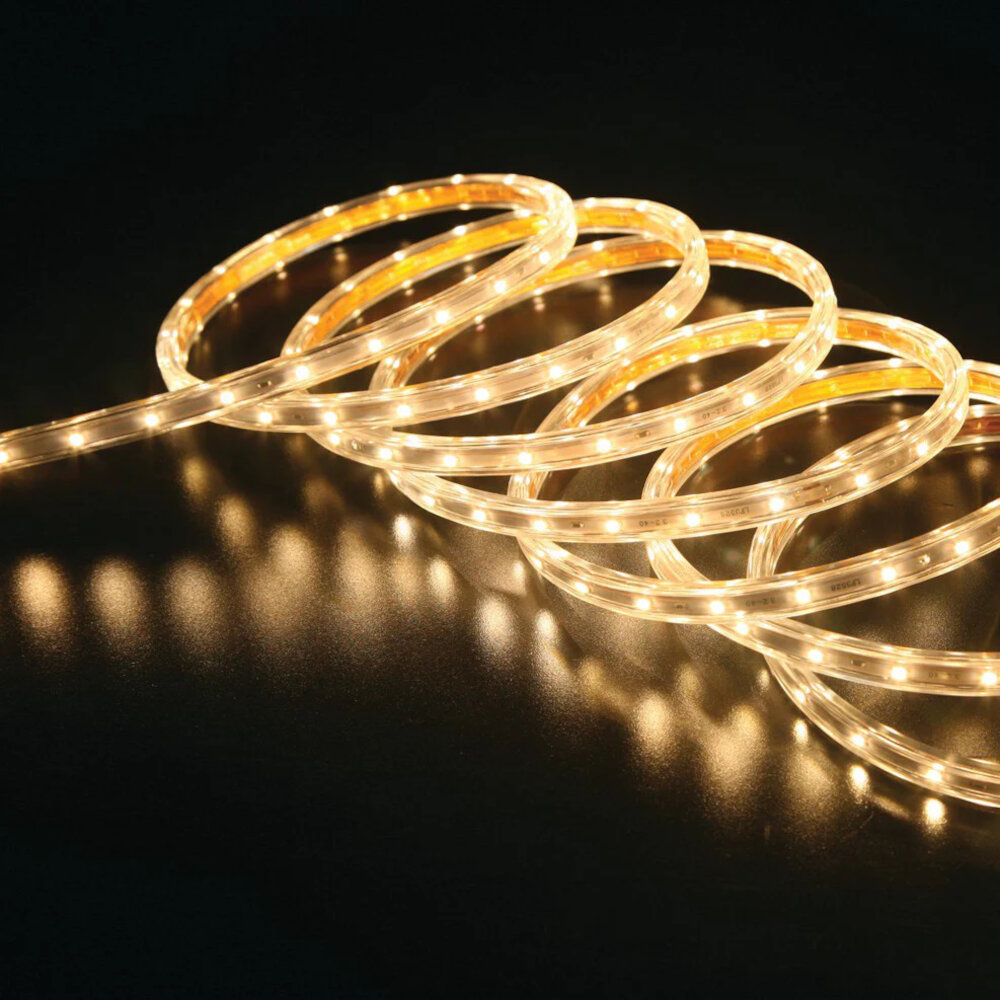
Power supply issues are one of the most common causes of LED lights turning off unexpectedly. These issues may arise due to a variety of reasons including fluctuating power, power surges, and poor-quality power supplies. When the power supply is not working properly, it can cause the LED lights to flicker or turn off completely. In some cases, the lights may turn off and on repeatedly, making it difficult to use them. Therefore, it is essential to have a reliable power supply that can provide a consistent and stable flow of electricity to the LED lights. One of the primary reasons for power supply issues is the use of low-quality power supplies. These may not be able to handle the electrical load required by the LED lights, and as a result, the lights may turn off or flicker. In addition, power surges and fluctuations can also cause problems with the power supply. These issues can be caused by lightning strikes, power outages, or faulty wiring. To prevent these issues, it is important to invest in a high-quality power supply that is designed to handle the electrical load of the LED lights. This will ensure that the lights remain stable and do not turn off unexpectedly.
Power supply issues can cause LED lights to turn off because LEDs require a constant and stable source of power to operate correctly. Any fluctuations or interruptions in the power supply can cause the LED lights to flicker or turn off completely. For instance, if the voltage supplied to the LED lights is too high or too low, it can result in the lights turning off. Similarly, if the wiring or connections are loose, it can cause power supply issues, leading to LED lights turning off. Furthermore, power surges or power outages can also cause LED lights to turn off abruptly. To ensure that LED lights remain operational, it is essential to have a steady and reliable power supply.
If you are experiencing issues with your LED lights turning off unexpectedly, it is possible that there may be a problem with your power supply. To check for power supply issues, first, ensure that your LED lights are securely plugged in and all connections are tight. Check the circuit breaker or fuse box to see if any circuits have tripped or blown. If this is the case, reset the circuit breaker or replace the fuse. If the problem persists, use a multimeter to test the voltage output of the power supply. If the voltage is lower than the recommended level, the power supply may need to be replaced. Additionally, check for any signs of damage or wear on the power supply unit, such as frayed wires or burn marks, which could also indicate a problem.
Power supply issues are one of the most common reasons why LED lights keep turning off. The first step in fixing this issue is to check the wiring and electrical connections to ensure they are secure and free of any damage. It is also important to check the voltage of the power source to ensure it matches the LED light’s voltage requirement. If the voltage is too low or too high, a voltage regulator or stabilizer may be needed. Another solution is to replace the power supply unit altogether. It is essential to use a high-quality power supply unit that is compatible with the LED light to ensure a stable and reliable power source. Proper maintenance of the power supply and wiring can prevent power supply issues and ensure the longevity of the LED lights.
Incompatible Dimmer Switches
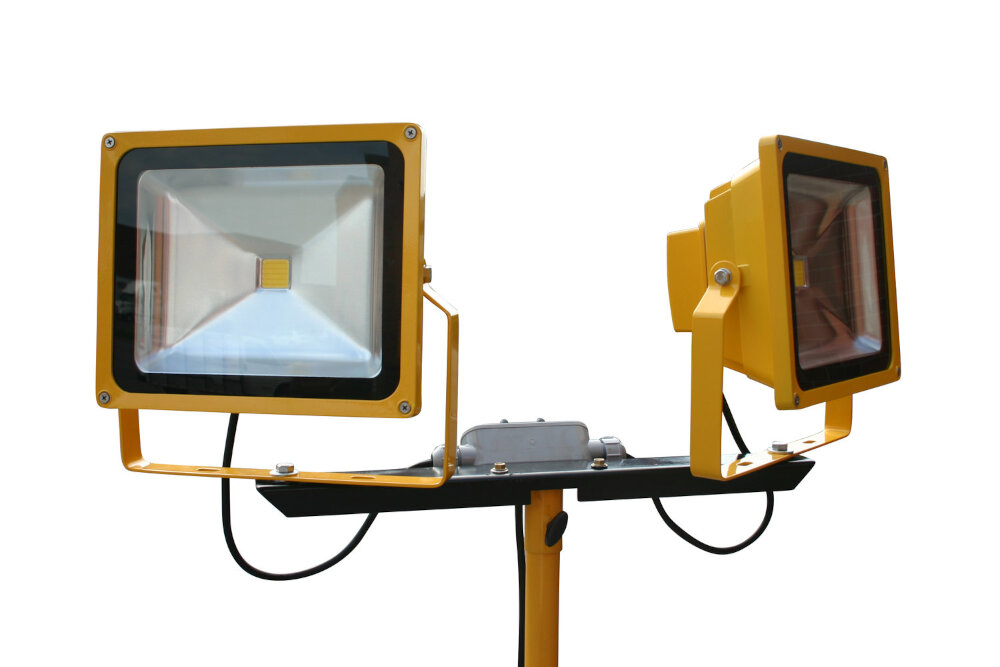
Incompatible dimmer switches are one of the common causes why LED lights keep turning off. Dimmer switches are designed to adjust the light intensity by controlling the amount of voltage that goes to the light source. However, not all dimmer switches are compatible with LED lights. Some dimmer switches are designed for incandescent lights, which operate on a different principle than LED lights. Incandescent lights are designed to operate on a higher voltage and wattage, which means that dimmer switches designed for incandescent lights may deliver too much or too little voltage to LED lights. This can cause LED lights to flicker, turn off, or even become damaged. To avoid incompatible dimmer switches, it is important to use the right dimmer switch for LED lights. LED dimmer switches are designed to work with LED lights and are compatible with the lower voltage and wattage that LED lights require. LED dimmer switches also have a smoother dimming curve that allows for a more gradual and consistent adjustment of the light intensity. Before installing any dimmer switch, it is important to verify that it is compatible with LED lights and to follow the manufacturer’s instructions for installation and use. By using the right dimmer switch, you can ensure that your LED lights will work properly and provide the desired level of light intensity.
One of the common reasons why LED lights keep turning off is the use of incompatible dimmer switches. While traditional incandescent bulbs can be dimmed using a variety of dimmer switches, LEDs require specialized dimmer switches that are designed to work with their unique circuitry. Incompatible dimmer switches cause the LED lights to flicker, buzz, or turn off completely. This is because dimmer switches regulate the voltage that is supplied to the bulb, and LED bulbs require a constant and stable voltage to function properly. Using a dimmer switch that is not compatible with LED lights can cause the voltage to fluctuate, leading to the LED lights turning off intermittently. To avoid this problem, it is important to ensure that the dimmer switch you are using is designed specifically for use with LED lights.
To check for incompatible dimmer switches with LED lights, first, it is important to understand that not all dimmer switches are compatible with LED lights. Incompatible dimmer switches may cause flickering, buzzing, or even damage to the LED lights. To check for compatibility, it is recommended to look for a dimmer switch that is specifically designed for use with LED lights. Check the manufacturer’s specifications to ensure that the dimmer switch is compatible with the LED lights you are using. Additionally, it is important to check the wattage of both the dimmer switch and the LED lights to ensure that they are compatible with each other. If you are unsure about compatibility, it is best to consult with a professional electrician who can help you find the right dimmer switch for your LED lights.
One common issue with LED lights is incompatible dimmer switches. If your LED lights keep turning off or flickering, it could be due to an old or incompatible dimmer switch. The solution to this issue is to replace the dimmer switch with one that is compatible with LED lights. Not all dimmer switches work with LED lights, so it’s important to choose the right one. Look for a dimmer switch that is labeled as compatible with LED lights and has a low wattage rating. Additionally, make sure to check the wiring of the dimmer switch and the LED lights to ensure they are properly connected. By replacing the dimmer switch and checking the wiring, you should be able to fix any issues with incompatible dimmer switches and enjoy uninterrupted use of your LED lights.
LED lights are an energy-efficient and long-lasting lighting solution that has become increasingly popular in recent years. However, despite their many benefits, LED lights may sometimes turn off unexpectedly, causing inconvenience and frustration. A common cause of LED lights turning off is overheating, which can be caused by inadequate ventilation or the use of an incompatible dimmer switch. Another possible reason for LED lights turning off is a faulty driver, which controls the amount of electricity flowing to the LED. In some cases, the problem may also be related to the wiring, particularly if the wiring is loose or damaged. To avoid LED lights turning off, it is important to ensure that the installation is done correctly and that the appropriate components are used.
It is crucial to address any issues with LED lights promptly to prevent any further damage. Failure to do so can result in costly repairs or even the replacement of the entire lighting system. One of the most common causes of LED lights turning off is overheating, which can be prevented by ensuring that the lights are not installed in a confined space with poor ventilation. Another cause may be a faulty wiring connection, which can be fixed by a professional electrician. Additionally, regularly cleaning the lights and ensuring that they are not exposed to harsh weather conditions can also prevent damage. By addressing issues promptly and implementing preventative measures, LED lights can function efficiently and effectively for years to come.
In conclusion, maintaining LED lights is essential to ensure their longevity and prevent any unexpected malfunctioning. Regularly checking for loose connections, cleaning the fixtures, and avoiding overloading the circuit are all important steps to prevent LED lights from turning off. Additionally, installing a surge protector and using high-quality LED bulbs can help prevent power surges and ensure the durability of the lights. It is recommended to follow the manufacturer’s instructions and guidelines for maintenance and usage to get maximum benefits from your LED lights. Taking these simple steps can help you avoid the frustration of constantly replacing burnt-out bulbs and provide a well-lit and comfortable space for your home or business.
Conclusion
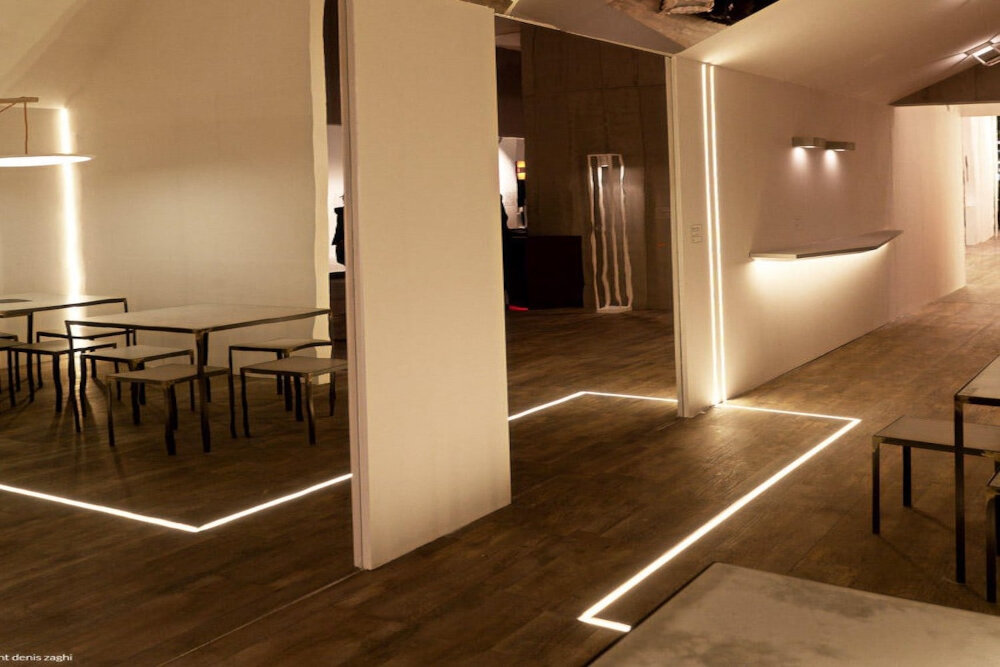
In conclusion, LED lights turning off unexpectedly may be caused by a variety of factors, ranging from loose wiring connections to overheating. It is important to diagnose the root cause of the problem and take appropriate measures to address it. Some common solutions include tightening loose connections, checking the power source, and using LED bulbs that are compatible with the fixture. Being proactive in identifying and resolving these issues can help ensure that your LED lights operate reliably and efficiently for years to come.




